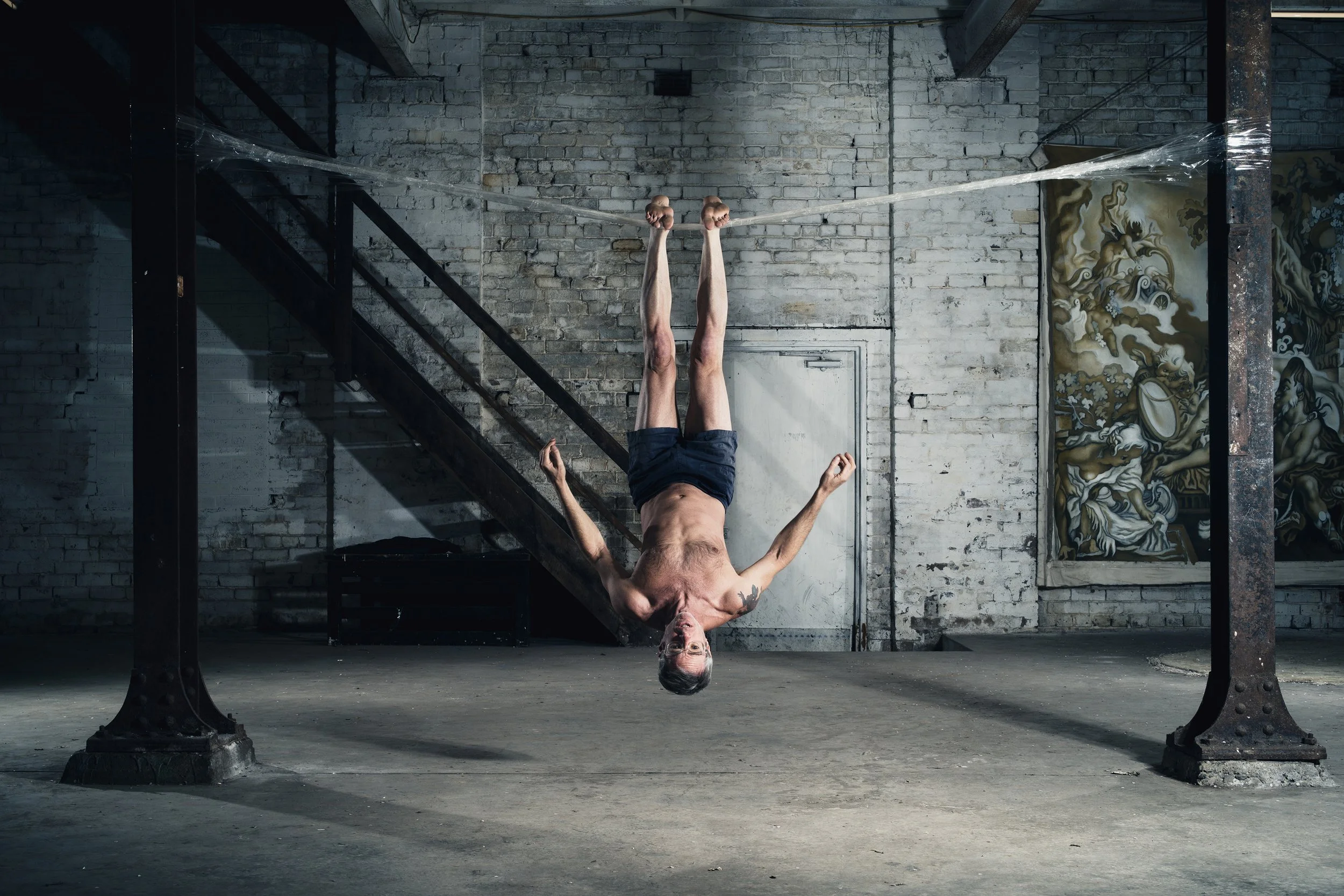VANESSA AND VIRGINIA - A RETROSPECTIVE BY TIA BYER
Vanessa and Virginia
How to breathe life into literature? I had initially put this question to author Susan Sellers in my recent interview with her on the release of Firebird (2022) — a novel about the love story between Bloomsbury’s Maynard Keynes and Russian-ballerina Lydia Lopokova.
“I always feel a pressure when I’m writing about real people and real historical events to know as much as I can…When we read biography, we expect everything in it to be grounded in fact. One of [the] challenges [is] that although we do have plenty of evidence — we have letters, in the case of Virginia Woolf’s diary entries, photographs — that evidence only takes us so far. The magic of fiction is partly the way it can bring people and what happens to them to life on the page, so the reader feels they are there too. But it’s also a medium in which it’s possible to explore all the things we don’t know and will never know imaginatively and creatively”.
Vanessa and Virginia (2008) Sellers’ first Bloomsbury novel, invites the same question. It is a semi-biographical novel about the entangled lives of sisters, Virginia Woolf and Vanessa Bell. The novel provides a powerful retelling of the artistic collaboration and sometimes rivalry between writer and painter alike — and describes one of the most renowned creative sisterhoods of the 20th century, to deliver a thoughtful reanimation. This impressionistic account explores the themes of art, loss, and meaning. Written as a love letter from sister-to-sister the author reveals the depth of Vanessa’s grief at Virginia’s suicide by drowning.
Delivered in a series of present tense vignettes, Sellers’ narrative captures Virginia’s storytelling. “You had told our story…and done so in a way that bridged the gap between biography and art,” Vanessa remembers of her sister’s talent — it mirrors Sellers’ artistic achievement in writing Vanessa and Virginia. Through an imitative process of retelling, Sellers intricately composes an immersive rendition of fact.
In Vanessa’s retrospective, the novel creates an uncanny recreation of Virginia’s style. The impressionistic, dream-like interior voice travels with dream-like fluidity through events, memories, and places. Sellers borrows Virginia’s bold modernist framework, to play around with “extending and then collapsing time.”
Vanessa and Virginia traces the artistic journey of the pioneering pair of sisters. As co-collaborators, Vanessa and Virginia escape the constraints of their Victorian childhood and embark on a self-education of expressive discovery. With “no external reference but each other,” the sisters learn to disregard the venerated feminine ideal of the angel of virtue; the same stereotype Virginia so famously went on to murder — “ stab[ing] the point of your pen in her perfect, impossible breast” – in the ground-breaking 1931 speech, ‘Professions for Women’. “We stand together, heads bowed, allies against the preposterousness of the world…secretly, but with increasing resolve, we sketched out a life where we were each free to pursue our chosen art,” Sellers pens.
Despite their joint quest for intellectual cultivation, Virginia’s “descriptive genius” soon becomes the dominant force in the relationship. And nowhere is her brilliance demonstrated more completely than with the Bloomsbury group. When they move to a house in Gordon Square, in Bloomsbury, the sisters begin to entertain their brothers’ free-thinking Cambridge friends. Known for their reaction against Victorian conservatism, the set welcomed the sisters, and their embrace of modern living and intellectualism.
Vanessa describes the pair’s dynamic within the predominately all-male group:
I [was] thrilled to see the way your contribution wove itself in. I was as entertained as anyone by your originality. We were conspirators once again. I, welcoming and presiding; you, intellectually, agile, eloquent, and daring. I took pleasure in watching the others lean forward, eager to catch you, inspired by what you said. I rejoiced in your triumph.
And it is this triumph that continues to drive, provoke, and eventually haunt Vanessa after Virginia’s death. Even in profound grief the ghost of Virginia’s brilliance, haunts Vanessa. “Your tales the only glow in the unremitting black,” Vanessa expresses. “To this day, when I read it is your voice and not mine that I hear, your pitch inflecting the thoughts that beat in my head.”
The love letter ends in a moving allusion to Virginia’s final moments. “Did you remember me…as you left your stick on the bank and strode out into the swirling water, or were all your thoughts bent on escaping what you could no longer bear to endure?” Sellers captures the sense of unresolved pain. Vanessa and Virginia continues to transfix to the end; the immersive experience culminating in a poetic expression of profound entreaty. In trying to come to terms with the suicide, Vanessa concludes that the memory of her sister’s loss will remain elusive and as out of reach as Virginia’s creative genius. “The eye of the past winks at me”, she claims “a reminder that its mysteries remain unsolved.”
Susan Sellers’ imaginative biography








